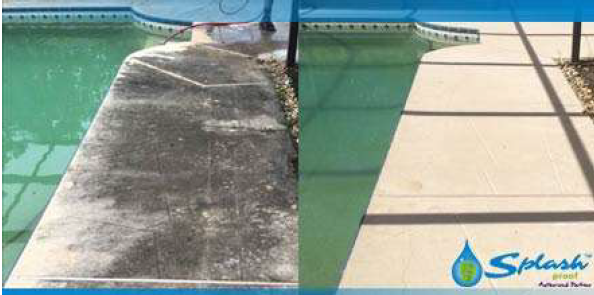Concrete Coating
Look no further if you’re thinking about having your concrete surface pressure washed, soft washed, coated and/or sealed. Whether it’s your pool deck, sidewalk, driveway, pool coping, tile grout, seawall, or stucco home, just a one-time application of concrete coating is adequately procedural. Concrete coating facilitates a super-hydrophobic layer to shield and protect your concrete surface from muggy environmental damages. It provides protection from regrowth of mold and mildew that sits stubbornly on concrete surface spanning across residential or commercial properties. Concrete coating dries clear, non-slippery and gives an additional benefit of 5-year warranty.
Procedure:
DAY 1
A certified technician examines and evaluates the area to determine the kind of stain removal is required on the surface. Next, the team begins to prepare the surface with a sanitizing and cleaning solution to remove any contamination spread on surfaces such as stains, dirt, mold and or mildew, followed by the process of pressure washing or soft washing. Afterwards, necessary water rinsing of the area is done to clean and clear away deposits of detergents or acids, if any, that were used earlier. The next step is to allow the surface to dry completely leaving it for at least 24 hours.
DAY 2
Prior to the concrete coating application, the certified technician inspects to determine if the concrete surface is dry to the touch. Upon certifying, the team begins coating the concrete surface, using either solvent based or water-based products.
Drying:
Concrete Coating normally dries in sunny areas within 2-3 hours but it requires nearly 24-36 hours for curing. Shaded areas, low temperatures, or higher humidity slow down the drying process. The surface may be kept open to foot traffic in 2-3 hours and to vehicular traffic in 24-36 hours. We recommend all sprinkler systems be turned off during this time to allow proper curing.
Maintenance:
Concrete coating acts as a protectant that layers your concrete with super hydrophobic concrete coating thereby reducing mold and mildew. Periodic washing with plain water to keep the area clean is recommended. Acids, gasoline, hydraulic fluids, and motor oil spills need to be removed from the surface as soon as possible.





